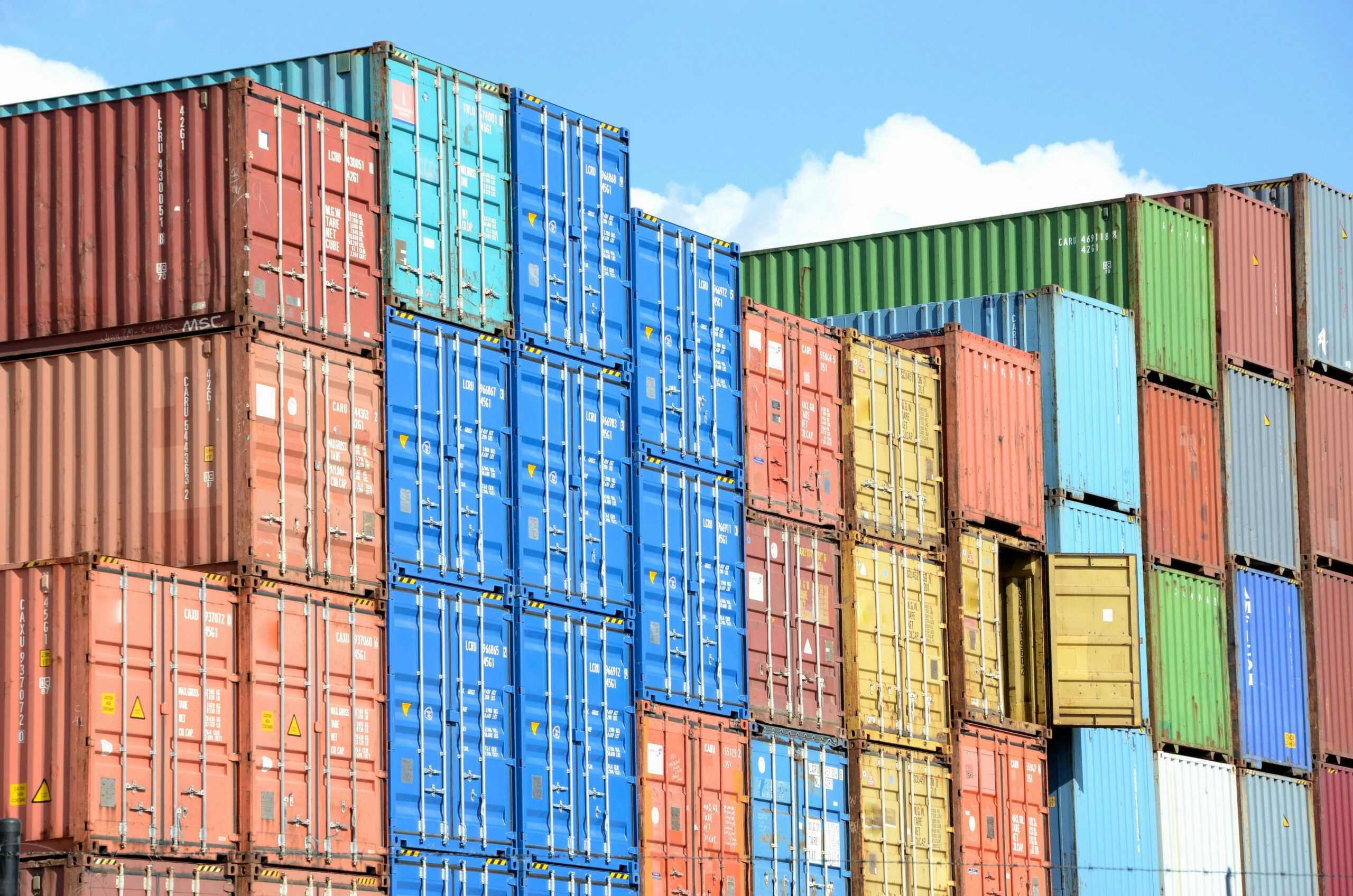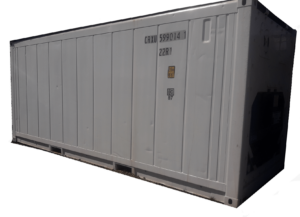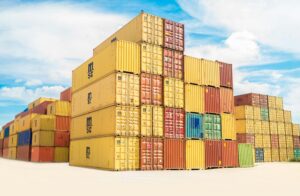Choosing the right container size in South Africa can make or break your project or storage plan. From 3m containers for sale to 12m containers for sale, each option offers unique benefits. Here’s how to match your needs with Container King’s versatile solutions.
Standard container sizes (per Container King)
Container King offers 3 m, 6 m, and 12 m containers, available for hire or purchase depending on size.
- 3 m (~10 ft): Compact, suited for small onsite storage or kiosks.
- 6 m (~20 ft): The most common, ideal for site offices, medium storage, or conversions.
- 12 m (~40 ft): Maximum capacity, suited for large projects, warehouses, or modular buildings.
Internationally, these sizes align with ISO 668 standards, which regulate dimensions, stacking strength, and weight ratings.
Estimate your space and volume
Volume capacity
A standard 6 m container holds about 14.4sqm, while a 12 m unit offers up to 28.8sqm. Knowing your goods’ cubic metres or pallet count helps avoid over- or under-sizing.
Site footprint
Consider available space and delivery access. A 12 m container needs more ground and clearance for tilt-bed trucks. Check for overhead cables, uneven ground, and delivery truck turning radius before choosing size.
Match size to project type
- 3 m: Tools, small stock, or tight urban yards.
- 6 m: Medium storage, workshops, or moderate inventory overflow.
- 12 m: Large-scale projects, modular housing, or temporary warehouses.
South Africa’s warehousing sector is growing steadily, with increasing reliance on containerised storage solutions to meet demand.
Structural and environmental factors
Weight and load
Every container has a tare weight and a maximum gross mass rating. Exceeding these stresses the frame and makes stacking unsafe.
Heat and climate
Steel containers absorb heat. Studies in Johannesburg show internal temperatures exceeding 40 °C in summer. For sensitive goods or office conversions, insulation and ventilation are essential.
Floor and sealing
Check the floor’s load rating, wood or steel condition, and ensure watertight seals. Container King inspects units before hire or sale to guarantee integrity.
Flexibility and modularity
Containers are modular by design. You can place multiple units side-by-side, end-to-end, or stacked. Two 6 m containers may be more practical than one 12 m if you need flexibility for expansion or tight site access.
Cost and local context
- Rental vs purchase: 3 m and 6 m units are mainly hired, while 12 m containers can be hired or purchased.
- Pricing: A 6 m unit to purchase in South Africa starts at around R33 000, excluding delivery and conversions.
- Market growth: The shipping container market is projected to grow at ~2.9% CAGR through 2029, fuelled by infrastructure needs and modular building trends.
Local logistics challenges, including port congestion, can affect lead times and delivery costs, making container hire an attractive short-term option.
Practical checklist
- List goods, dimensions, and weights.
- Calculate required cubic metres, add 10–20 % buffer.
- Check site access for trucks and placement.
- Compare internal capacity and payload across 3 m, 6 m, and 12 m.
- Consider insulation, ventilation, or conversions if needed.
- Inspect container condition, floor load, and watertight seals.
- Decide between renting and buying.
- Allow for modular growth where possible.
- Get delivery quotes and site assessments.
- Choose the smallest size that comfortably meets current and future needs.
A Last Word
Choosing the best container size in South Africa requires balancing capacity, site space, budget, and growth potential.
Container King’s 3 m, 6 m, and 12 m options give flexibility for projects ranging from small-scale storage to large modular solutions.
By planning ahead and matching your needs to the right size, you ensure efficiency, cost savings, and long-term usability.
Table of Contents





